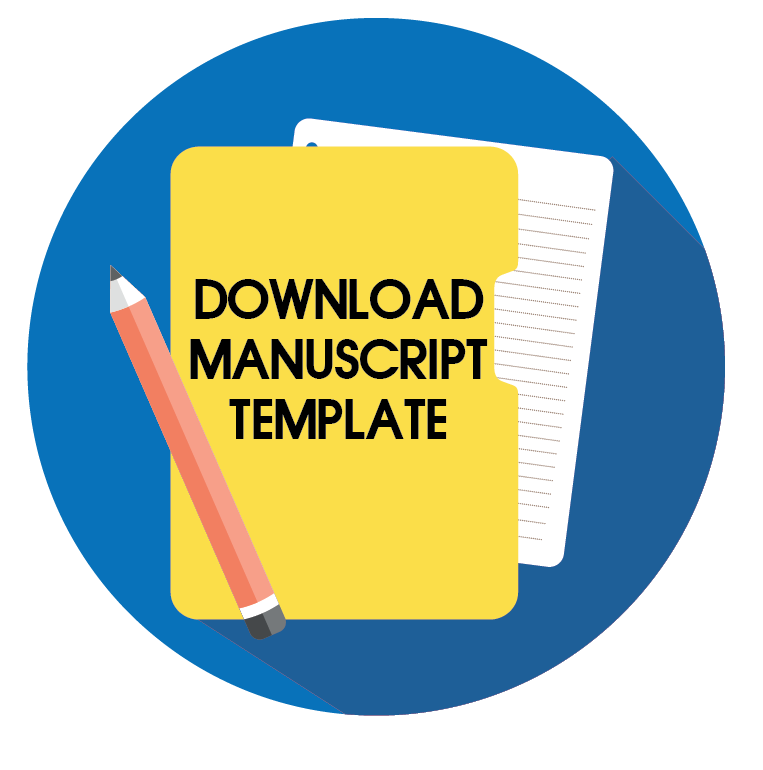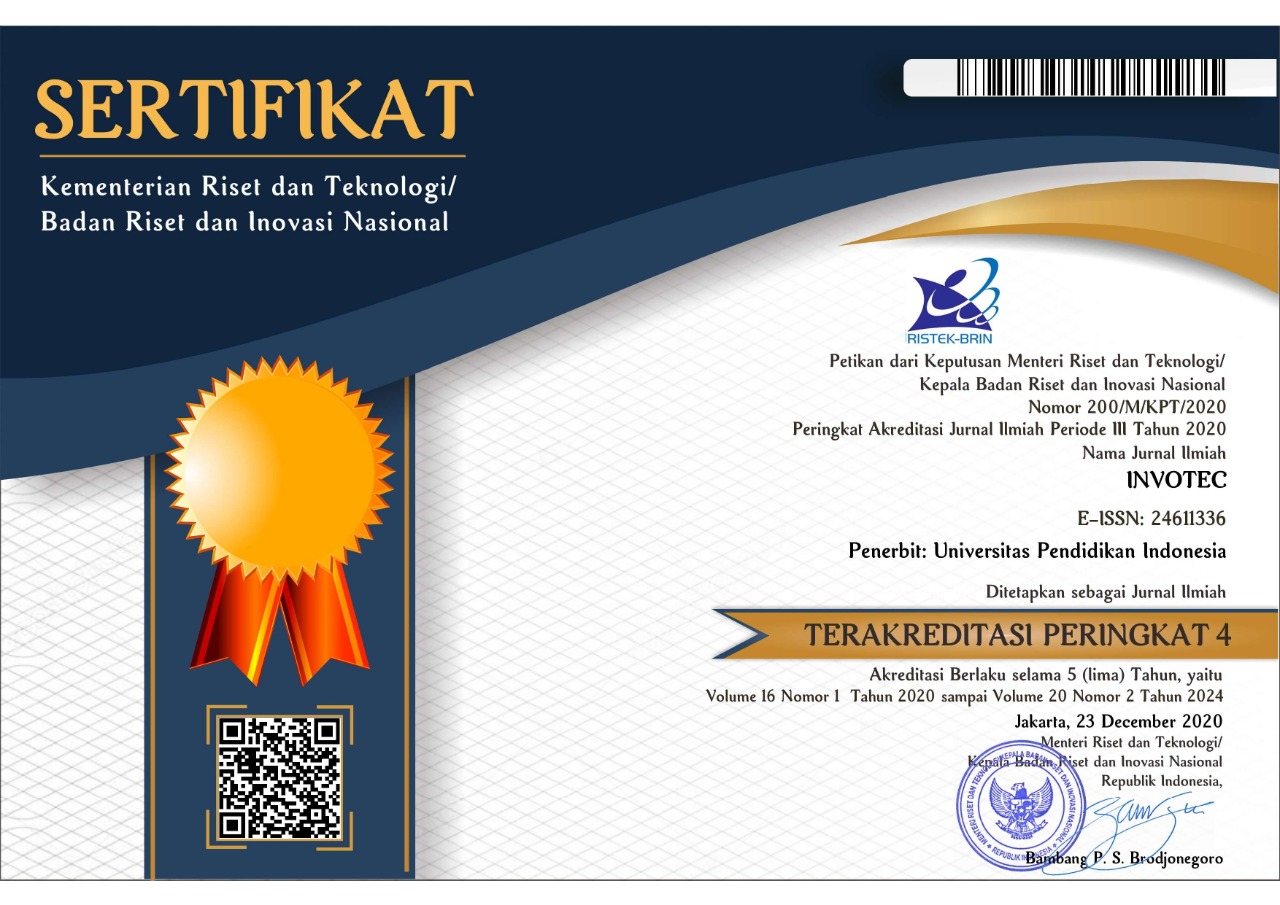Technology-enriched learning and retention of abstract concepts among first year electrical/electronic technology students in Nigerian Universities
Abstract
Keywords
Full Text:
PDFReferences
Abd-El-Aziz A (2014) Effect of powerpoint presentation on students’ psychomotor achievement and retention in auto-mechanics trade in Oyo State technical colleges. JOSTMED 10(2): 127-137.
Adegoke B (2011) Effect of multimedia instruction on senior secondary school students’ achievement in physics. European Journal of Educational Studies 3(3): 537-541.
Akhu-Zaheya L, Gharaibeh M, Alostaz Z (2012) Effectiveness of simulation on knowledge acquisition, knowledge retention, and self-efficacy of nursing students in Jordan. Clinical Simulation in Nursing 10(1): 16-25.
Aktas E, Yurt S (2017) Effects of digital story on academic achievement, learning motivation and retention among university students. International Journal of Higher Education 6(1): 180-196.
Al-Hariri M, Al-Hattami A (2017) Impact of students’ use of technology on their learning achievements in physiology courses at the university of Dammam. Journal of Taibah University Medical Sciences 12(1): 82-85.
Almara'beh H, Amer E, Sulieman A (2015) Multimedia learning tools in education. Advanced Research in Computer Science and Software Engineering 5(12): 761-764.
Bello H, Shu’aibu B (2013) State of facilities for teaching electrical installation and maintenance work trade in technical colleges in Bauchi State, Nigeria. International Journal of Vocational and Technical Education 5(5): 82 – 91.
Chibabi A, Umoru S, Onah D, Itodo E (2018) Effect of laboratory method on students’ achievement and retention in senior secondary schools biology in Kogi East Senatorial Zone. Journal of Research and Method in Education 8(6): 31-39.
Elangovan T, Ismail Z (2014) The effects of 3D computer simulation on biology students’ achievement and memory retention. Asia-Pacific Forum on Science Learning and Teaching 15(2): 1-25.
Freeman C, Eddy S, McDonough M, Smith M, Okoroafor N, Jordta H, Wenderoth M (2014) Active learning increases student performance in science, engineering, and mathematics. PNAS 111(23): 8410-8415.
Giurgiu L (2017) Microlearning: An evolving elearning trend. Scientific Bulletin XXII(1/43): 18-23.
Gull F, Shehzad S (2015) Effects of cooperative learning on students’ academic achievement. Journal of Education and Learning 9(3): 246-255.
Harris J, Al-Bataineh M, Al-Bataineh A (2016) One to one technology and its effect on student academic achievement and motivation. Contemporary Educational Technology 7(4): 368-381.
Lari F (2014) The impact of using powerpoint presentations on students' learning and motivation in secondary schools. Procedia - Social and Behavioral Sciences 98: 1672–1677.
Lindsey R, Shroyer D, Pashler H, Mozer M (2014) Improving students’ long-term knowledge retention through personalized review. Psychological Science 25: 639-647.
Mohammed G, Wakil K, Nawroly S (2018) The effectiveness of microlearning to improve students’ learning ability. International Journal of Educational Research Review 3(3): 32-38.
Moktar J, Bradley C, Maxwell A, Wedge J, Kelley S, Murnaghan M (2016) Skill acquisition and retention following simulation-based training in Pavlik Harness application. The Journal of Bone and Joint Surgery 98(10): 866–870.
Montero B, Rising B, Perez-Sabater C (2008) Research on the assessment of individual contributions to groupwork. In E Bagdonas, I Patasiene and D Rutkauskiene (Eds.), Games: Virtual Words and Reality. Lithuania: University of Kaunas Press, pp. 20-31.
Noesgaard S, Orngreen R (2015) The effectiveness of e-learning: An explorative and integrative review of the definitions, methodologies and factors that promote e-learning effectiveness. The Electronic Journal of eLearning 13(4): 278-290.
Ozdamli F, Kocakoyun S, Sahin T, Akdag S (2016) Statistical reasoning of impact of infographics on education. Procedia-Computer Science 102: 370-377.
Raiyn J (2015) The role of visual learning in improving students’ high-order thinking skills. Journal of Education and Practice 7(24): 115-121.
Raleigh M, Wilson G, Moss D, et al (2018) Same content, different methods: Comparing lecture, engaged classroom, and simulation. Family Medicine, 50(2): 100–105.
Sarac H (2018) The effect of science, technology, engineering and mathematics-stem educational practices on students’ learning outcomes: A meta-analysis study. The Turkish Online Journal of Educational Technology 17(2): 125-142.
Trepule E, Tereseviciene M, Rutkiene A (2015) Didactic approach of introducing technology enhanced learning (TEL) curriculum in higher education. Procedia - Social and Behavioral Sciences 191: 848–852.
Wakil K, Omer S, Omer B (2017) Impact of computer games on students GPA. European Journal of Education Studies 5(2): 81-87.
Wakil K, Qaisar N, Mohammed C (2017) Enriching classrooms with technology in the basic schools. European Journal of Open Education and E-learning Studies 10(5): 28-34.
Wang M (2011) Using multimodal presentation software and peer group Discussion in learning English as a second language. Australasian Journal of Educational Technology 27(6): 907-923.
Wanner T (2015) Enhancing student engagement and active learning through just-in-time teaching and the use of powerpoint. International Journal of Teaching and Learning in Higher Education 27(1): 154-163.
DOI: https://doi.org/10.17509/invotec.v19i1.53208
Refbacks
- There are currently no refbacks.
Copyright (c) 2023 INVOTEC

This work is licensed under a Creative Commons Attribution-ShareAlike 4.0 International License.
This journal provides immediate open access to its content on the principle that making research freely available to the public supports a greater global exchange of knowledge.

This work is licensed under a Lisensi Creative Commons Atribusi-BerbagiSerupa 4.0 Internasional.





